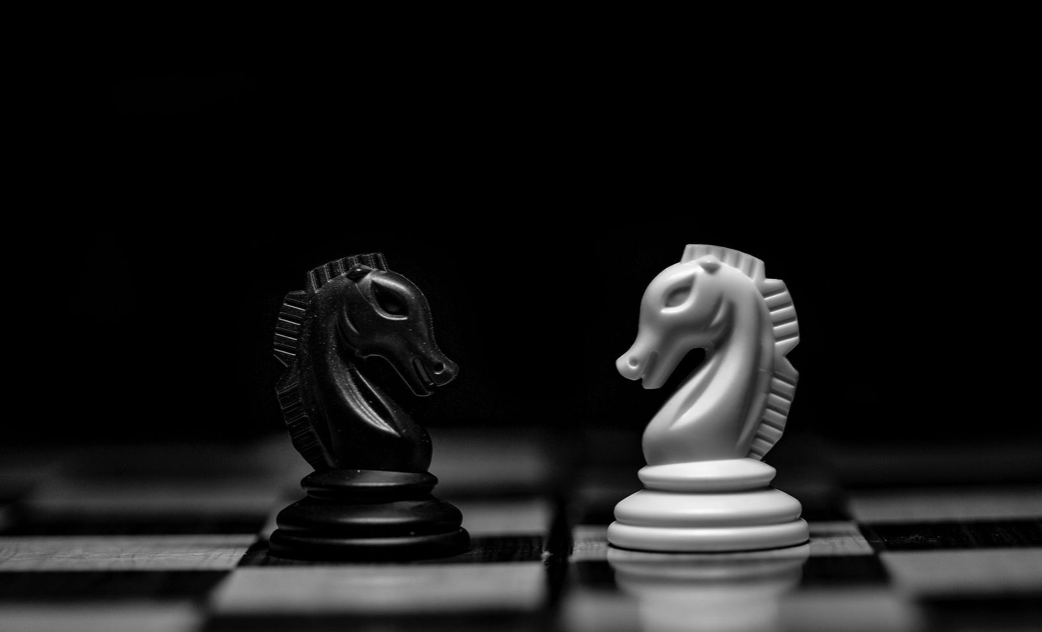OHF Weekly - When My Best Friend Was White
|
Older messages
The Trouble with Words
Friday, October 20, 2023
OHF WEEKLY, Vol. 5 No. 37: Editor's Letter, “My Indigenous Peoples' Day Wish List,” and a quote by Dr. Joycelyn Elders. OHF WEEKLY The Trouble with Words By The OHF Weekly Editors & 2
My Indigenous Peoples’ Day Wish List
Thursday, October 19, 2023
Stolen lands, horrendous atrocities, and broken promises are at the heart of centuries old conflicts. OHF WEEKLY My Indigenous Peoples' Day Wish List By R. Wayne Branch, PhD • 17 Oct 2023 • Comment
The Conquistador Smackdown!
Saturday, October 7, 2023
The strategies used to sustain dominance are pervasive, and transparent. Perhaps, because once concretized in a culture's lexicon they're so difficult to overcome. OHF WEEKLY The Conquistador
With Allyship, It’s Best if You Do You
Thursday, October 5, 2023
OHF WEEKLY, Vol. 5 No. 35: Editor's Letter, “Do Old Wounds Ever Heal,” “Workers Like it When Their Employers Talk about DEI,” “Controlling Access to Success,” “I Am Not Your Diversity,” and a quote
Lessons from Black Teachers of the Civil Rights Era
Tuesday, October 3, 2023
Black teachers were consistently remembered by their former students and colleagues for their high expectations for student success, for their dedication, and for their demanding teaching style. OHF
You Might Also Like
Leggings Are Officially Luxurious, According To Milan Runways
Wednesday, March 5, 2025
High-style territory. The Zoe Report Daily The Zoe Report 3.4.2025 Model on the runway at the Gucci Fall RTW 2025 fashion show as part of Milan Fashion Week held at the Superstudio Maxi on February 25,
The Best Thing: March 4, 2025
Wednesday, March 5, 2025
The Best Thing is our weekly discussion thread where we share the one thing that we read, listened to, watched, did, or otherwise enjoyed recent… ͏ ͏ ͏ ͏ ͏ ͏ ͏ ͏ ͏ ͏ ͏ ͏ ͏ ͏ ͏ ͏ ͏ ͏ ͏ ͏ ͏ ͏ ͏ ͏ ͏ ͏ ͏ ͏
Miley Cyrus Ditched Her Bombshell Waves For A New Haircut At The Oscars After-Party
Wednesday, March 5, 2025
Love an impulsive hair moment. The Zoe Report Beauty The Zoe Report 3.4.2025 (Beauty) Miley Cyrus 2025 Oscars (Celebrity) Miley Cyrus Ditched Her Bombshell Waves For A New Haircut At The Oscars After-
Organic farmers expose RFK Jr.'s delusion
Tuesday, March 4, 2025
Turns out you can't "Make America Healthy Again" when the fossil fuel industry calls the shots. ͏ ͏ ͏ ͏ ͏ ͏ ͏ ͏ ͏ ͏ ͏ ͏ ͏ ͏ ͏ ͏ ͏ ͏ ͏ ͏ ͏ ͏ ͏ ͏ ͏ ͏ ͏ ͏ ͏ ͏ ͏ ͏ ͏ ͏ ͏ ͏ ͏ ͏ ͏ ͏ ͏ ͏ ͏ ͏ ͏ ͏
Build Muscle and Burn Fat by Fixing These 4 Workout Mistakes
Tuesday, March 4, 2025
View in Browser Men's Health SHOP MVP EXCLUSIVES SUBSCRIBE Build Muscle and Burn Fat by Fixing These 4 Workout Mistakes Build Muscle and Burn Fat by Fixing These 4 Workout Mistakes You can achieve
New from Tim — "Dr. Keith Baar, UC Davis — Simple Exercises That Can Repair Tendons"
Tuesday, March 4, 2025
The latest from author and investor Tim Ferriss ͏ ͏ ͏ ͏ ͏ ͏ ͏ ͏ ͏ ͏ ͏ ͏ ͏ ͏ ͏ ͏ ͏ ͏ ͏ ͏ ͏ ͏ ͏ ͏ ͏ ͏ ͏ ͏ ͏ ͏ ͏ ͏ ͏ ͏ ͏ ͏ ͏ ͏ ͏ ͏ ͏ ͏ ͏ ͏ ͏ ͏ ͏ ͏ ͏ ͏ ͏ ͏ ͏ ͏ ͏ ͏ ͏ ͏ ͏ ͏ ͏ ͏ ͏ ͏ ͏ ͏ ͏ ͏ ͏ ͏ ͏ ͏ ͏ ͏ ͏ ͏ ͏
5 Easy Ways to Make Your Old Car Look New(er) 🚗
Tuesday, March 4, 2025
Use TikTok's 'Rage Cleaning' Trend to Get Your Place Spotless. Your car has served you reliably for years—and it looks it. Here's how to roll back the clock and make it look new. Not
Sydney Sweeney Debuted A New “Light Suede” Hair Color At The Oscars After-Party
Tuesday, March 4, 2025
Plus, your March astrological forecast, your daily horoscope, and more. Mar. 4, 2025 Bustle Daily Idina Menzel on her new Broadway show. EXCLUSIVE Idina Menzel's New Broadway Show Has One Big
How Worried Should We Be About These Measles Outbreaks?
Tuesday, March 4, 2025
Today in style, self, culture, and power. The Cut March 4, 2025 HEALTH How Worried Should We Be About These Measles Outbreaks? Cases have been popping up across the country. We asked a pediatrician to
Starting Next Week: A New Course on Wordsworth
Tuesday, March 4, 2025
Class starts March 13. Enroll today. Upcoming Literary Seminar: Timothy Donnelly on William Wordsworth Dive into the work of one of England's most influential poets. In this three-session seminar
